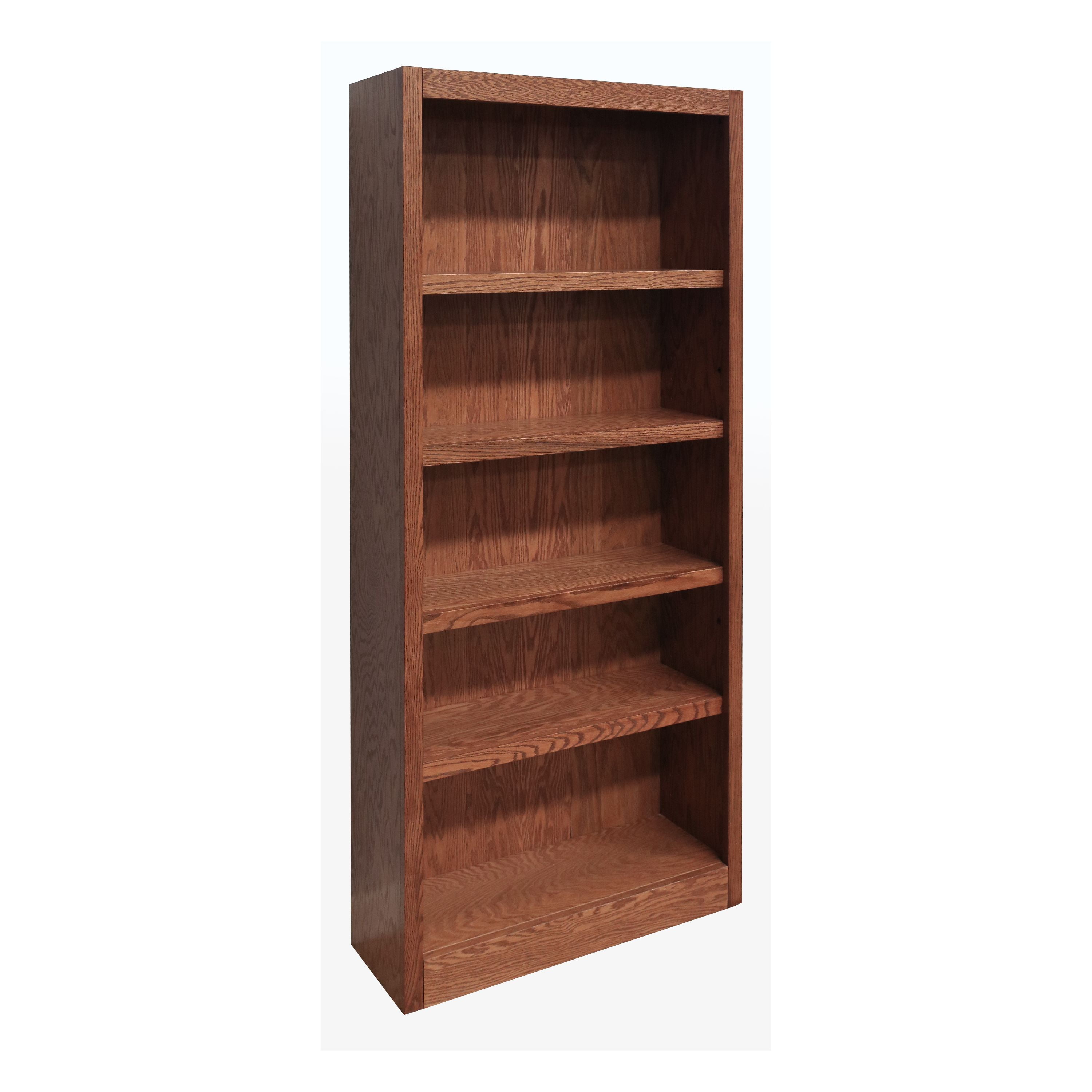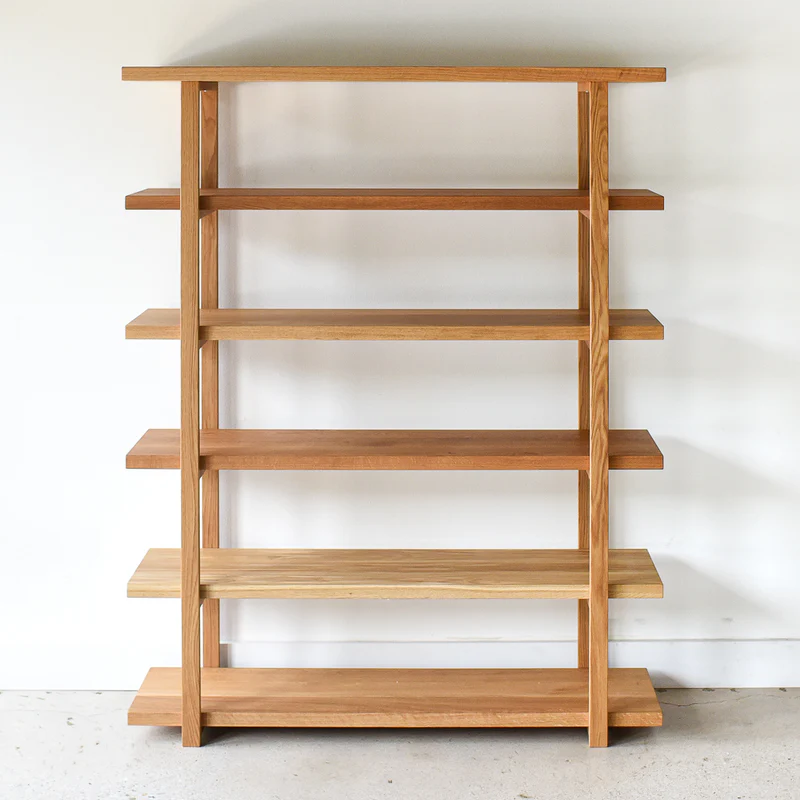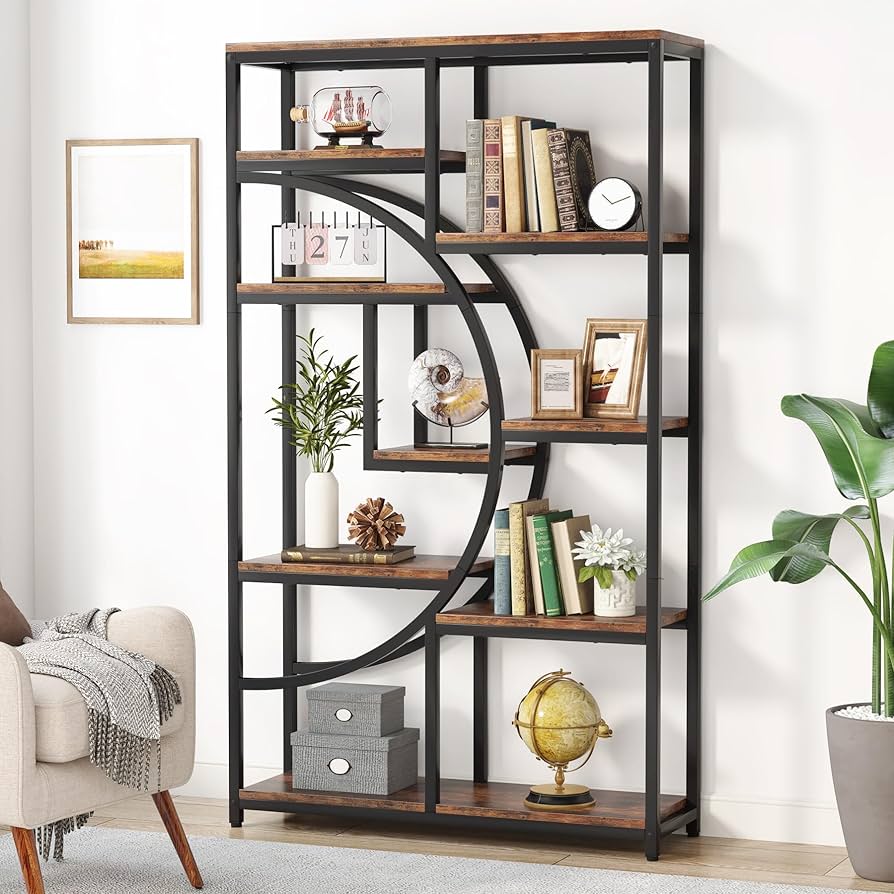The Timeless Appeal of Wood Bookcases
Wood bookcases have stood the test of time. They offer a blend of aesthetics and durability that few materials can match. When it comes to choosing furniture that exudes warmth and character, a wood bookcase is often a top choice. It’s not just the material’s natural beauty that captivates, but also its ability to age gracefully, adapting to different styles and periods.
The appeal of wood bookcases lies in their versatility. They can serve as a focal point in a room or as subtle storage that complements your existing decor. Regardless of your style, whether it be modern, traditional, or anything in between, a wood bookcase can be tailored to fit your space. The texture and grain of wood add depth and interest to any room, turning what could be a simple piece of furniture into a statement piece.
Moreover, wood bookcases can be crafted from a variety of wood types, each offering its own unique color, grain, and patina. From the deep hues of walnut to the light, airy feel of oak, each type of wood has its charm, making a bookcase wood choice a personal statement about one’s taste and design sensibilities.
Wood bookcases are not only about looks; their robust construction means they are often passed down through generations as heirlooms. This longevity makes them sustainable options in an era where disposable furniture is common. A wood bookcase represents a lasting investment in your home’s aesthetic and functional landscape, maintaining its appeal and functionality over time.
In summary, the timeless appeal of wood bookcases stems from their enduring beauty, flexibility in design, and the lasting quality that wood as a material provides. With a wood bookcase, you bring a piece of nature into your space that resonates with history, style, and sustainability.

Choosing the Right Type of Wood for Your Bookcase
Choosing the right wood for your bookcase is key. Each wood type brings its unique qualities to furniture. Before you decide, think about the room’s style and the bookcase’s purpose. Consider the color, grain, and durability of the wood.
For a light and airy feel, pick woods like pine or oak. These woods have a softer look. They blend well with casual or country-style decor. If you seek a rich, warm look, go for darker woods. Walnut or cherry wood may be your best fit. They offer deep colors and a sophisticated touch. They suit classic or traditional rooms well.
Do not forget about hardness and durability. Hardwoods like maple or teak stand up well to wear. They are perfect if you expect heavy use or want a long-lasting piece. Softwoods like cedar are better for lighter use. They can still be quite durable, but may show wear more quickly.
You also need to think about the finish of the wood. A protective finish can enhance the wood’s natural beauty. It also adds a layer of protection against scratches and stains.
Remember, the wood you choose can define your bookcase’s character and style. It also impacts how it fits with the rest of your room. Take your time and choose a wood that reflects your taste and meets your needs.
Essential Considerations for Sizing and Placement
When you add a bookcase wood to your space, size and placement are crucial. A bookcase too large can overwhelm a room, while one too small may look out of place. To get it right, measure your space. Look at both the floor area and the wall height. Think about how much room you need around the bookcase. You should leave space for easy access to shelves and drawers.
Make sure your bookcase wood doesn’t block natural light sources like windows or lamps. Also, consider the room’s traffic flow. A bookcase should not be in the way of daily movement. Place it against a wall or as a divider in a larger room for clear pathways.
Keep in mind the bookcase’s purpose. For storage, a taller bookcase might be best. For decoration, a shorter one might fit better. Think about what you’ll put on the shelves. Will you need space for large books or just small trinkets?
Lastly, safety is key. Make sure your bookcase is sturdy. Secure it to the wall if needed, especially in homes with children. This prevents tipping accidents.
When you consider these points, you choose a bookcase wood that enhances your room. It will serve its purpose well without compromising on style or safety.

Designing with Functionality in Mind
When selecting a bookcase wood, consider its function in your space. Will it hold heavy books or display light decor? Think about shelf strength and spacing. Choose adjustable shelves for flexibility with different item sizes.
For a home office, design your bookcase with work efficiency in mind. Include space for essential documents and office supplies. A living room bookcase might mix books with family photos or art pieces. Plan for this decorative balance.
Keep your daily routine in mind. Place often-used items at arm’s reach. Less used ones can go higher or lower on the bookcase. This approach helps prevent clutter and keeps your space tidy.
Think about the design’s impact on the room’s look and feel too. A bulky bookcase may make a small room feel crowded. A sleek, vertical design can give a sense of openness, even in tight spaces.
Function and form should work together. A well-designed bookcase wood is both practical and aesthetically pleasing. It should improve the room’s comfort and functionality without sacrificing style.
Styling Tips for Wood Bookcases
Decorating with a bookcase wood can uplift the style and mood of any room. Here are some essential tips to style your wood bookcases effectively:
- Mix Function with Decor: Balance your bookcase with books and decorative items. Add picture frames, vases, or unique knick-knacks to create visual interest.
- Use Symmetry or Asymmetry: Arranging items symmetrically offers a classic look, while asymmetrical setups give a modern vibe. Find the arrangement that fits your style.
- Incorporate Color and Texture: Introduce items with different colors and textures for richness. This contrast enhances the wood’s natural beauty.
- Apply the Rule of Thirds: Decorate in odd numbers for a pleasing aesthetic. Grouping objects in threes can be particularly effective.
- Vertical and Horizontal Orientation: Stack some items, like books, vertically and others, like magazines or picture frames, horizontally to break up monotony.
- Create Depth: Place larger items at the back and smaller ones in front. This layout gives a sense of depth to your bookcase.
- Consider Lighting: If your bookcase wood is in a dim area, add small lamps or install lighting above to showcase your items.
- Leave Space: Avoid clutter by leaving some shelves partially empty. This gives a lighter, airier feel to your space.
- Personalize Your Space: Make it yours. Display personal collections, travel souvenirs, or handmade pieces to tell your story.
- Update Regularly: Freshen up your display periodically. This keeps the room feeling dynamic and reflects changes in your life or seasons.
By keeping these styling tips in mind, you can ensure that your bookcase wood is not only a functional piece of furniture but also a cornerstone of your room’s aesthetic.

Maintenance and Care for Your Wood Bookcase
Taking good care of your bookcase wood is essential. It ensures the piece lasts long and keeps its charm. You will want to perform regular maintenance. Here are useful tips to follow:
- Dust Regularly: Wipe your bookcase with a soft, dry cloth. Do this often to prevent dust buildup.
- Avoid Direct Sunlight: Protect your bookcase from prolonged exposure to sun. Sun can fade and damage the wood over time.
- Maintain Humidity Levels: Too much humidity can warp wood. Keep indoor moisture at a moderate level.
- Use Coasters and Mats: Prevent rings and stains. Place coasters under plants or drinks on the bookcase.
- Polish Carefully: Use the right wood cleaner and polish. Match them to the type of wood and finish of your bookcase.
- Handle with Care: Be gentle when moving items on your bookcase. Rough handling can scratch and damage the wood.
- Tighten Up: Check the screws and joints yearly. Tighten any loose parts to keep the bookcase stable.
- Avoid Harsh Chemicals: Stay away from strong cleaning agents. They can strip the wood’s natural oils and finishes.
With these simple yet effective care practices, your bookcase wood will maintain its beauty and functionality for years.
Integrating Wood Bookcases into Different Decor Styles
When styling with a bookcase wood, consider your home’s overall decor. Here’s how to match your wood bookcase to various styles:
- For Modern Spaces: Look for clean lines and minimal ornamentation. Choose lighter woods, like birch or maple, to keep the space feeling open and bright.
- For Traditional Rooms: Opt for dark woods with rich tones, such as mahogany or cherry. These convey a sense of history and formality.
- In Industrial Interiors: Use a bookcase wood with a raw, unfinished look. Think reclaimed wood or one with a metal frame for an edgy vibe.
- For Scandinavian Design: Choose simple, functional bookcase wood pieces. White or pale wood finishes work well to enhance the light, airy feel of this style.
- In Bohemian Settings: Mix different wood textures and colors. A freestanding, eclectic bookcase wood full of plants, books, and artifacts reflects a carefree, artistic atmosphere.
- In Minimalist Decor: Pick a bookcase wood with open shelves and a straightforward design. Keep decor simple and uncluttered.
Each style has unique features. With the right bookcase wood, you can complement your home’s theme beautifully. Always balance the bookcase’s style with your personal taste.


